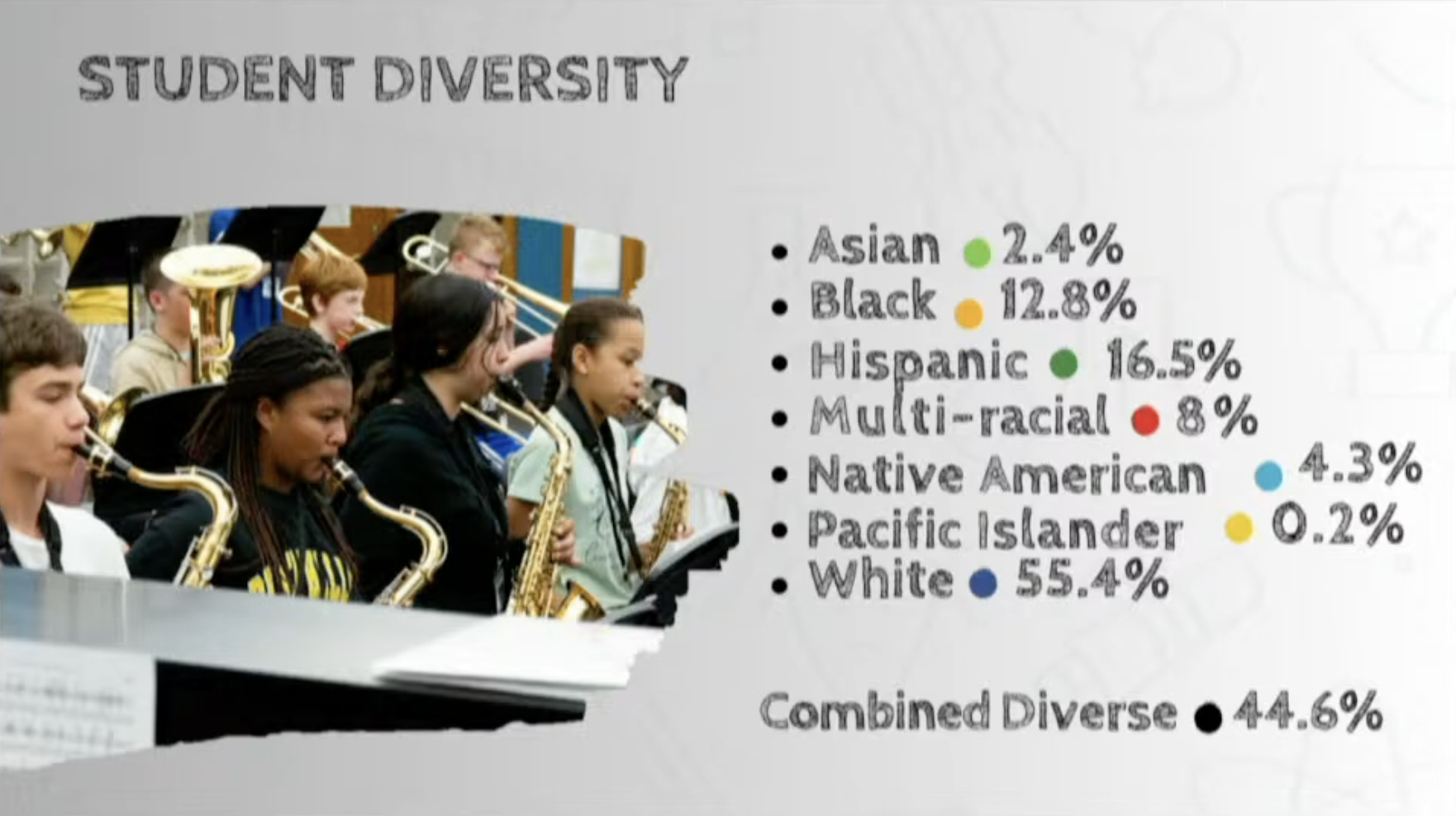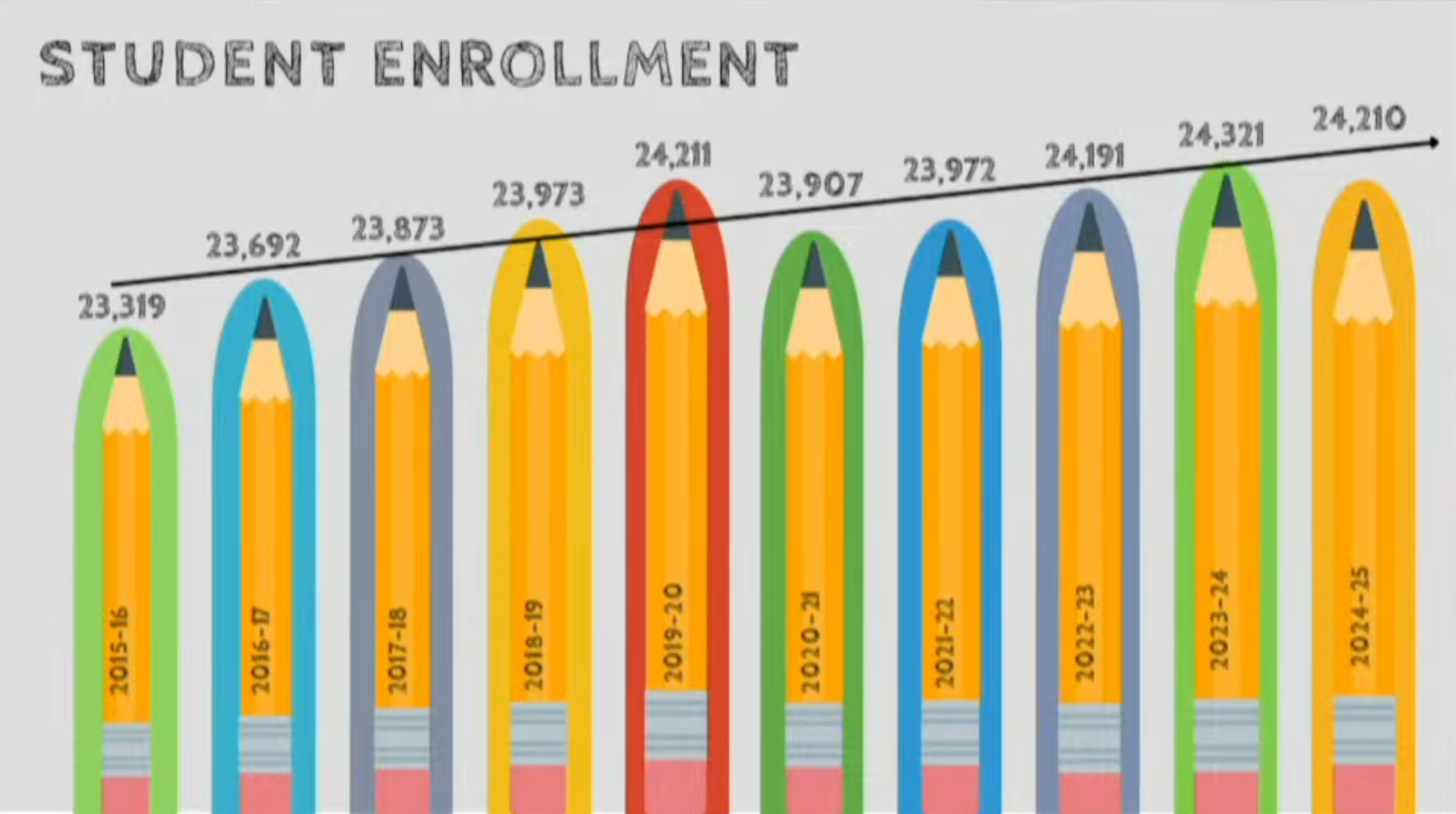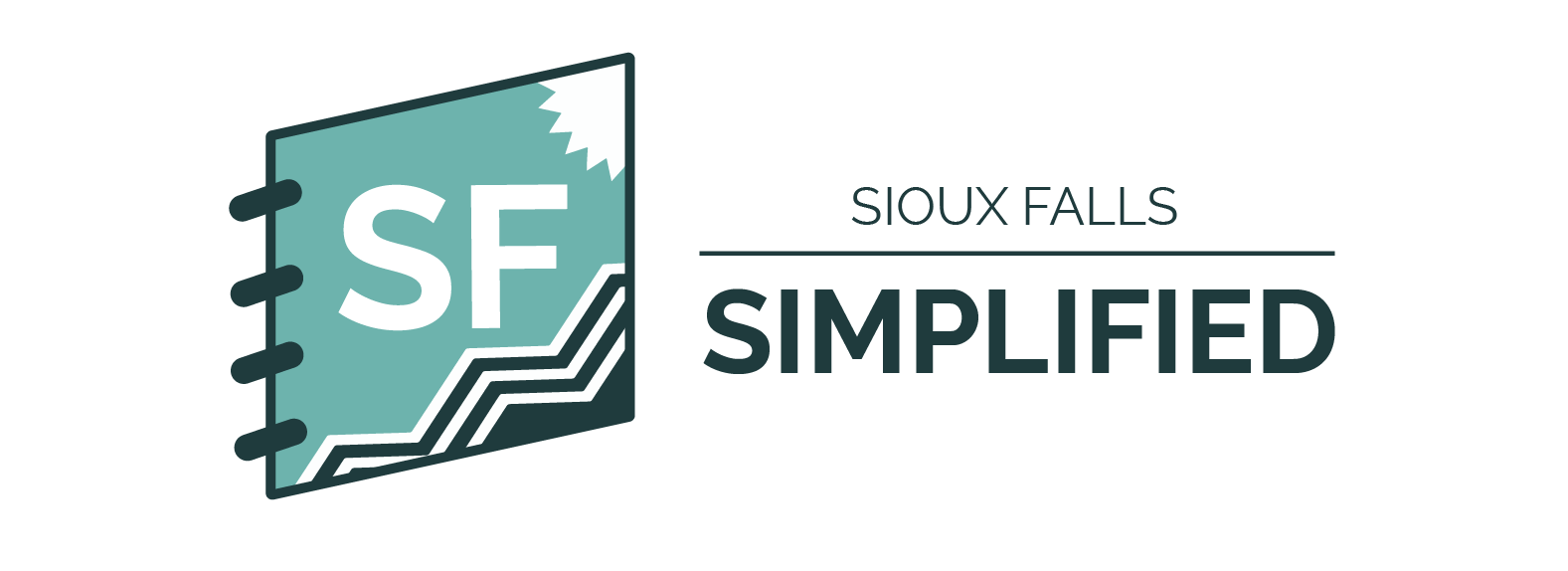Simplified: Sioux Falls schools are seeing more diversity, more elementary kids eligible for free lunches and fewer kindergarteners. Here are a few main takeaways from demographic and enrollment reports presented to the school board Monday.
Why it matters
- The Sioux Falls School District is the largest district in the state, with more than 24,200 students. Though enrollment has leveled off a bit in recent years, the district expects to continue seeing growth, according to Doug Morrison, director of data services for the district.
- With that growth comes an increase in students from low-income households. The percentage of elementary students who qualify for free or reduced lunches – an often-cited marker of poverty – has reached its highest point in a decade with nearly 52% of elementary school kids qualifying, according to data shared with board members.
- For context, to meet qualifying income guidelines, a family of four must make less than $39,000 for free lunches and less than $55,000 for reduced price lunches.
- The demographics report also shows how diverse Sioux Falls schools are – with more than 100 languages spoken and about 45% of kids identify as multiracial or students of color.
"That's really a value that we have in our community," Board President Carly Reiter said. "That we can interact with people who aren't the same as us everyday, and that allows us to stretch our minds and think about things in new ways and new perspectives. I'm so grateful for that opportunity students have."
Tell me more about the data
From an enrollment standpoint, the district as a whole is down about 100 kids year-over-year.
- The most significant decrease was the number of incoming kindergarteners, which was 139 fewer than last year.
The district also shared statistics about the number of kids in special education programs – which makes up about 16% of the student body, or 4,154 kids.
Sioux Falls also has an increasing number of students – more than 3,000 – who are learning English as a second (or third, etc.) language.
- About half of those kids speak Spanish, but in total 106 languages are spoken. There are a handful of more common languages that have around 200 kids, including: Swahili, Amharic, Kunama and Nepali.
About 55% of kids are white, and the next largest racial group is Hispanic at 16.5%. About 13% of kids are Black, 8% are multiracial and just over 4% are Native American. Here's a breakdown:


